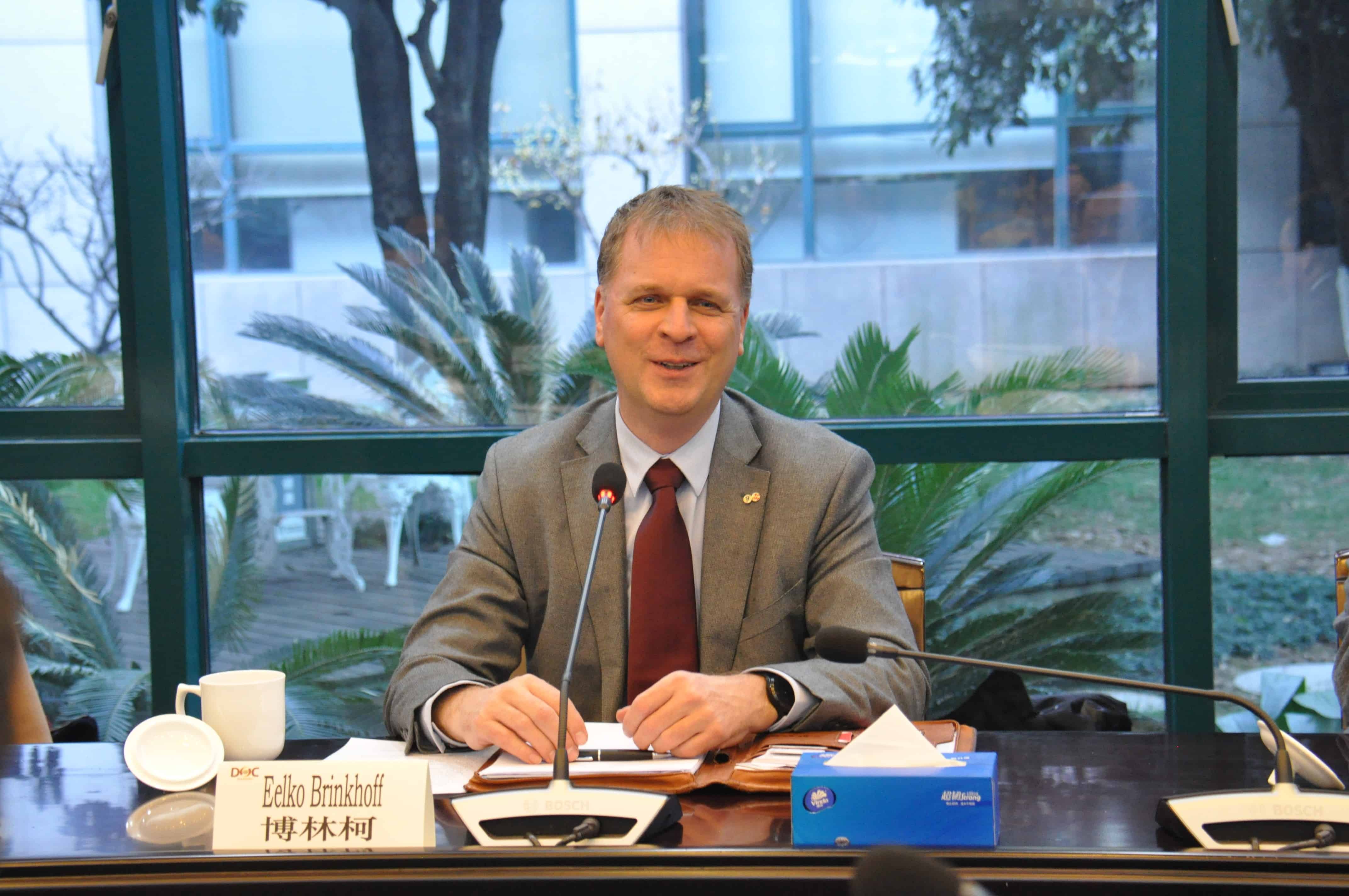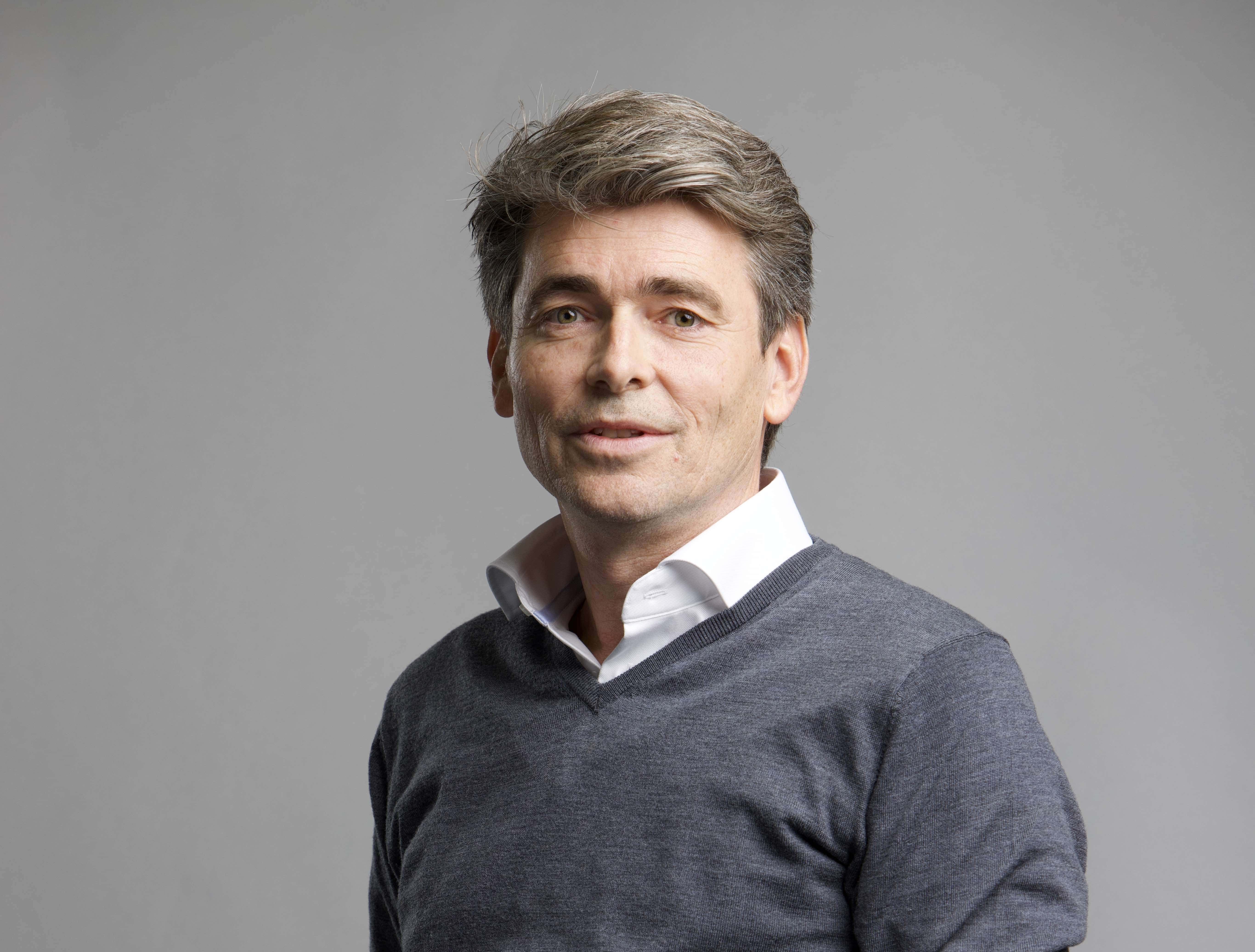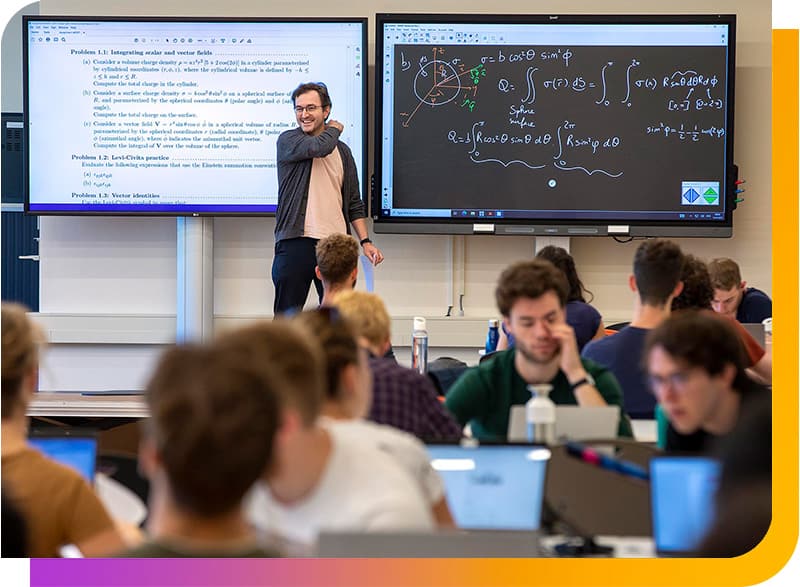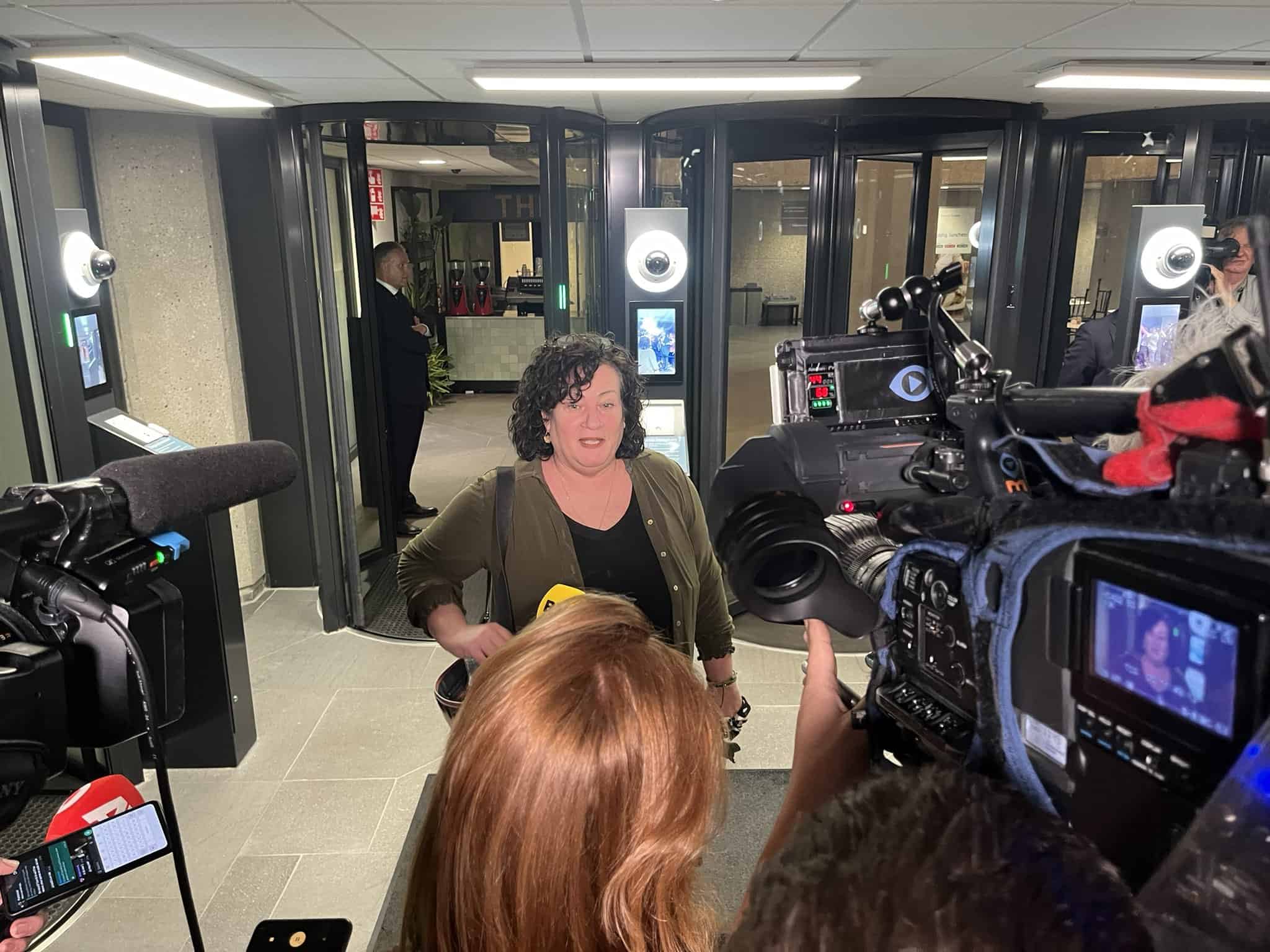
Half of the total Dutch production value in Life Sciences & Health (around ten billion euros) is accounted for by the province of North Brabant, a recent report commissioned by the Brabant Development Fund BOM showed. MedTech, and Biotech, in particular, are growing rapidly: the number of new establishments has grown by 43% since 2014 and the number of jobs in this industry has doubled. Today, we take a closer look at one of the examples of this trend: Xeltis.
Last month, he was allowed to hand over a bunch of flowers to an employee who has been with Xeltis for 5 years. “She is – after me – the second in working years at Xeltis”, says founder Martijn Cox, laughing. The real memory of the company, however, lies with no one but himself. Thirteen years ago, he was the co-founder of the TU Eindhoven spinout that focused on new, self-growing heart valves for children.
Although the past year seems to have been a bit quieter around Xeltis, there is a lot of movement behind the scenes. Not only are the clinical tests for children continuing without interruption, but the first preclinical studies have also been carried out for a ‘product line’ for adults, and preparations are taking place for the first treatments for people who need a bypass around their heart. For this purpose, Xeltis wants to use the same technique as for the heart valves.
Heart valves and blood vessels
How does it work? At its core, Xeltis ensures that an implanted heart valve is slowly replaced by natural body tissue. It starts with an implant, but step by step the body absorbs that artificial valve and builds a new, natural valve around it. That natural process is called Endogenous Tissue Restoration (ETR). With ETR, patients form their own tissue inside the Xeltis heart valve, creating a new, natural, and fully functional heart valve. The bio-absorbable polymers from which Xeltis’ heart valves are made are now also used for the formation of new blood vessels.
Almost everyone knows somebody who has had a stent or a bypass for the clogged blood vessels around the heart, says Cox. “These types of operations are performed millions of times a year worldwide. The normal procedure is that one or two blood vessels from the patient’s own leg are used. That leg has to be opened for this, which causes scars and discomfort. And those vessels often clog up again after a while. We now have devised an alternative based on our technology. New patient-specific tissue then grows in that artificial blood vessel, which gradually takes over its tasks again. And where normally the problem is that material starts to settle against the inside of those super small vessels, causing the vessel to clog up again, you see much better results with our biocompatible materials.” The first clinical trials will take place later this year, in which patients will be treated with this method.
Video calls
Xeltis is a merged company with formally two headquarters, in Eindhoven and Zurich, but in practice, almost the entire operational management is concentrated in Eindhoven. Cox and his 30 colleagues work from the Catalyst building on the TU/e Campus, but since the Corona outbreak, their own living room is at least as often their office. These days, as Chief Technology Officer, Cox is mainly concerned with the company’s strategic lines: maintaining the network, holding discussions with potential new colleagues, securing new research in institutes all over the world, and keeping experts connected, also on all continents. “In practice, that means that I’m doing a lot of video calls and that can be done just as well at home as in the office.” For Xeltis, the impact of Corona is not so deep at the moment. “Our clinical trials are running a little late, but that’s still within limits. For new studies, however, we have to keep an eye on the restrictions. Countries can suddenly lock up.”
From home or from the TU/e campus, the Brabant ecosystem around Life Sciences & Health is essential for Xeltis. “Of course, we still have a lot of contact with TU Eindhoven, also with the people who were part of the birth of our company at the time, but who chose to stay at the university after all. In addition, there are many partners and suppliers in the region; you can see that we are growing here step by step with our activities around medical devices. It may still be small if you look at it on a global scale, but with the right choices, that can change.”
Attracting talent
The only question is how to do it. “Yes, indeed, how could you further stimulate that? In essence, it’s about giving existing companies room to grow. The better you do that, the easier it becomes to find talent. In the long run, that has a self-reinforcing effect, a bit like what you’ve seen happen in Silicon Valley in recent decades.” For Cox, that region on the American West Coast is currently his most important hunting ground for new talent. “You have to imagine that for some positions, out of 100 potential new colleagues, 80 are in Silicon Valley.”
Brabant doesn’t yet have the attractiveness to these people in a way that a natural flow of talents is coming this way. “We really need to play the card of what our jobs really contain”, says Cox. “And fortunately, we can show a lot in that respect. Everyone wants to be part of a company that offers important solutions in healthcare.”
What also helps is the growth in the number of serious major players in the MedTech sector in the region. “Medical Robotics is one such example of a company with a logical connection between technology and medicine. The more successful such a company becomes, the easier it becomes for us. In the meantime, a ‘MedTech Coalition‘ has even been set up of which Xeltis and companies such as Microsure, GTX Medical, and Plasmacure are part of.”
Funding round
A year ago, Xeltis last raised a large investment. However, the ten million that could be credited at that time needs to be replenished. “That’s what you get with a company that doesn’t sell yet but has to do a lot of research. So we are busy with a new funding round. There’s certainly a lot of interest in the market, but the deal hasn’t been finalized yet.”
This article is part of a series on the Brabant Life Sciences & Health ecosystem. Read more here.








